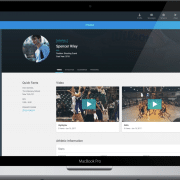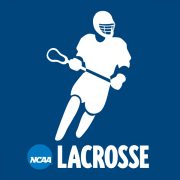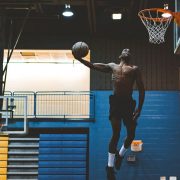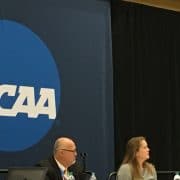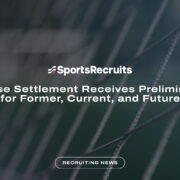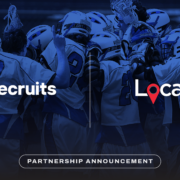Club sports organizations are tasked with the difficult assignment of providing recruiting assistance for their families.
While there is no way to account for every twist and turn the recruiting process offers, there are some things that clubs can attempt to avoid when thinking about how to help their student-athletes.
Here are three traps that a club may encounter when providing recruiting assistance.
1. Not Assisting in the Creation of a Target List of Schools
In this space, we often discuss assisting players by helping them create a “Target List of Schools.” It’s the foundation not just of the recruiting process, but also of the college search more broadly.
However, we have noticed that clubs often fall victim of not helping student-athletes with the creation of this list. While most likely unintentional, this can set the table failure in the recruiting process.
This is because a student-athlete may be targeting a list that is not in-synch with their abilities in the classroom or in a sport; or it’s not including a mix that will ensure success.
Instead, clubs would do well by implementing a plan to discuss each player’s list. To ensure the process is player-driven, student-athletes should come up with a list of roughly 15-20 schools that is a mix of academic selectivity, region and division.
Once this list is made, a club should set up a meeting and go over this list with their player and family. This can ensure proper guidance. If a player is clearly not in-line with their list, this is the time to suggest other schools.
Doing this will ensure a player’s list is a solid one. It will solve a lot of problems down the line before they happen, while simultaneously being good for the student-athlete and the family.
2. Relying Only on Contacts & Relationships with College Coaches
Many clubs have been helping student-athletes for a long time, and have built a powerful Rolodex of contacts with college coaches. Sometimes, former college coaches are on staff, or consult with the organization, further bolstering this list.
Whatever the case, however, relying on a contact list is a way to ensure a student-athlete or family may not be as proactive as is necessary to ease the burdens of a chaotic process.
By selling your club with the relationships you have with coaches, these valuable things can end up coming back and hurting in the long run, forcing your staffers and you to do most of the heavy lifting in the process.
As a result, players may slip through the cracks, and you may be unable to provide a great experience for every family in your organization.
Instead of relying on this list, using it in conjunction with families that are being proactive in the process is the way to go. The contacts are great and helpful, but they shouldn’t be completely relied on when providing recruiting assistance.
3. Sticking with the Status Quo
“We’ve always done it this way.” “We sent (insert your favorite number here) of kids to (insert your favorite schools here) last year.” “Nothing is broken.”
The list of reasons an organization can be reluctant to change could certainly go be longer.
While having a proven template is a great thing, it’s also not a great idea to be complacent with the status quo. A club would never tell an athlete that can bench 225 to stop working to increase that number. The same concept applies here: Improvement can happen anywhere.
Club organizations can do a multitude of things to improve, from making websites better, to looking critically at operations to any number of adjustments. The key to this is not being ok with the status quo.
Every athlete at every level can get better; the same is true for any club sports organization.



